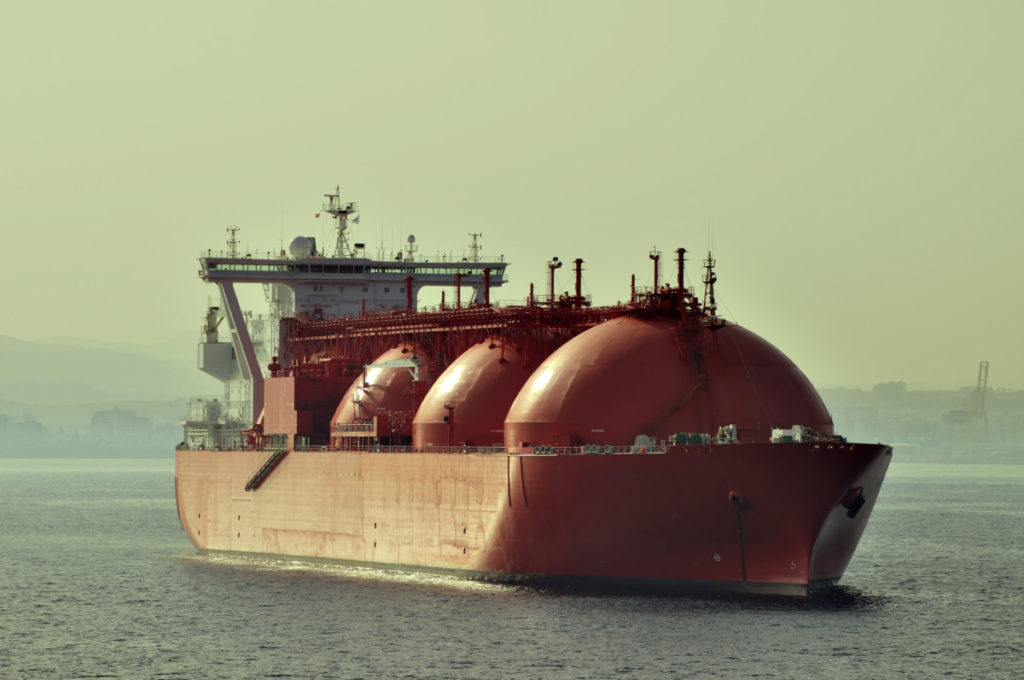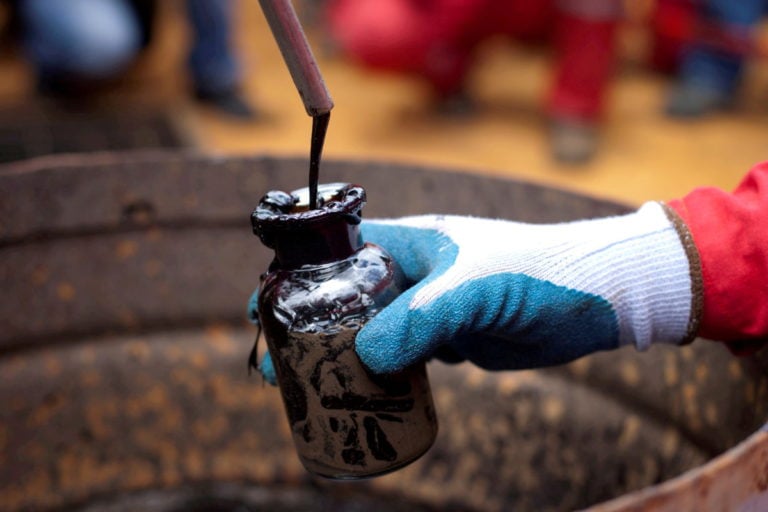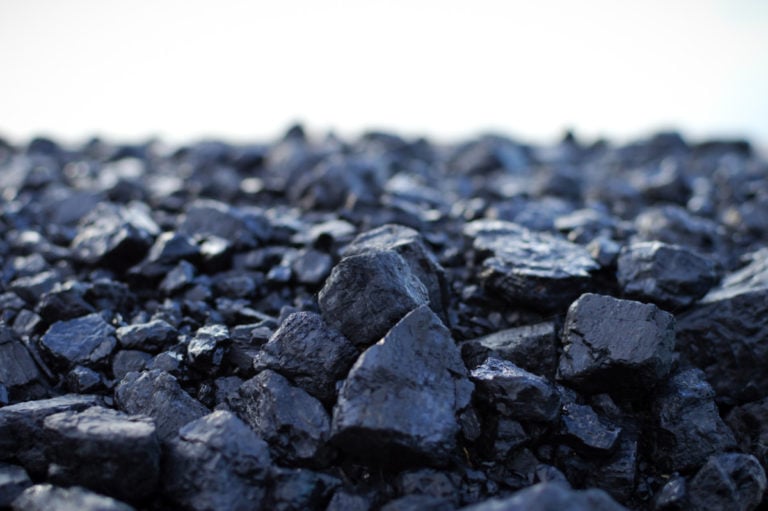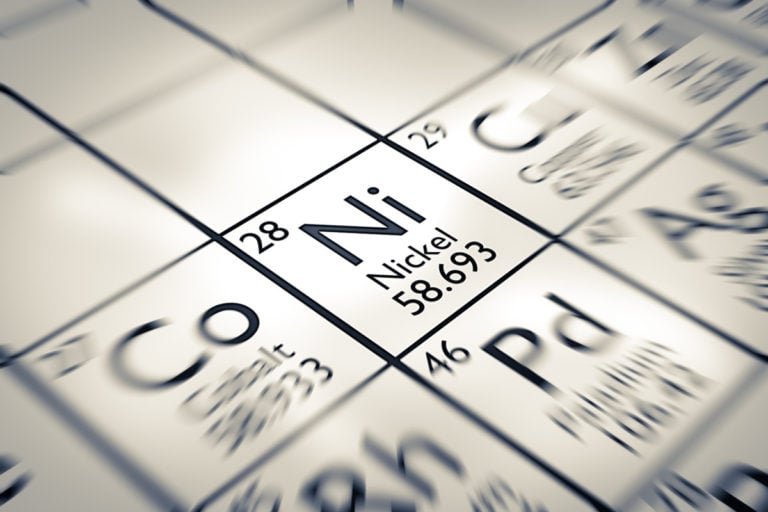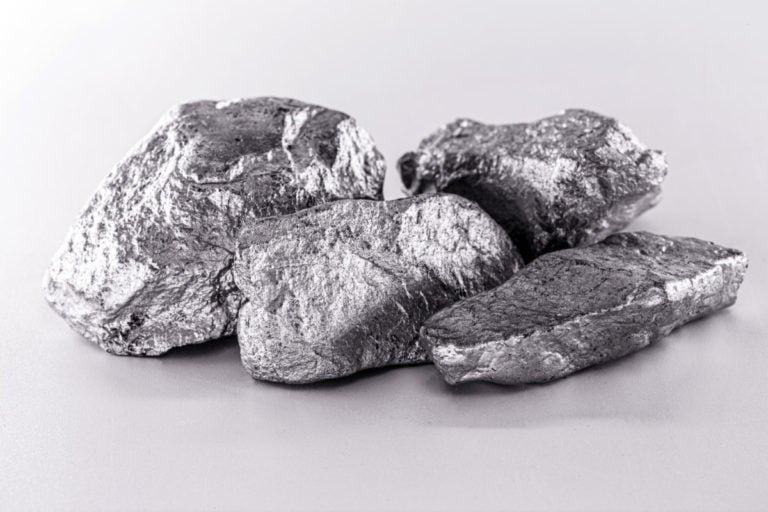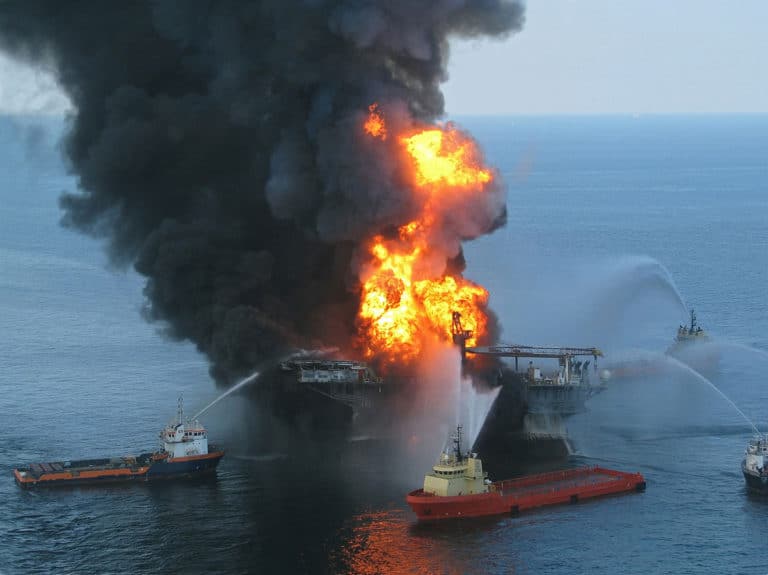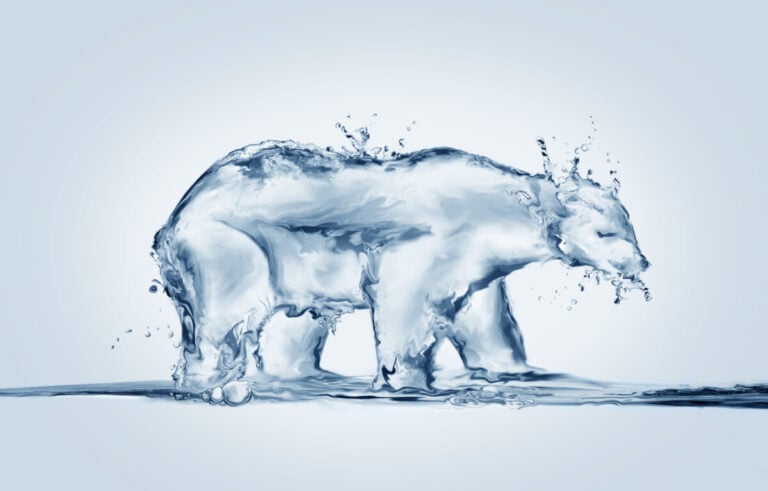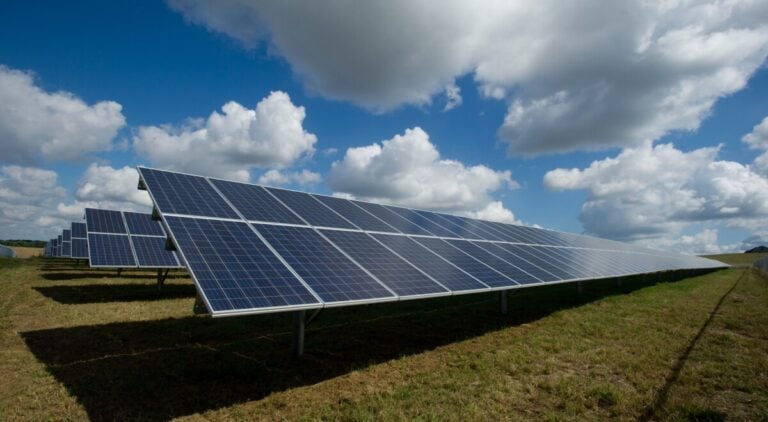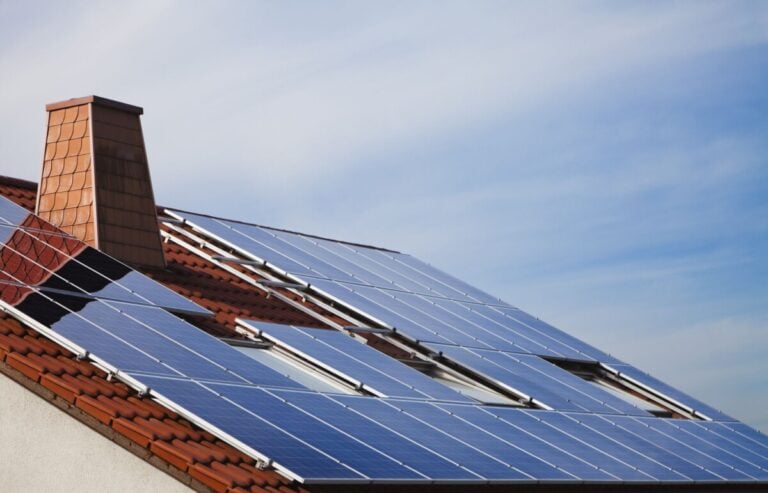Often found in the scientific literature, the abbreviation LNG is not always clear to the reader or other interested person, so questions periodically arise about how LNG is translated and what it means.
What is liquefied natural gas?
The main component of the gas is methane, the concentration of which is not lower than 75% of the mass. How is natural gas different from liquefied gas? The latter has the following characteristics:
- it is colorless and odorless (natural gas has the smell of rotten eggs, as it contains sulfur compounds – mercaptans, and after extraction, odorants are added to it, allowing you to notice a leak in time);
- LNG density is almost half that of water (0.425-0.46 kg/l);
- boiling occurs at -159°C;
- not combustible in this aggregate state;
- has no toxic effect;
- gas is not aggressive;
- the combustion reaction of vapors is accompanied by the release of carbon dioxide and water vapor;
- in open space conditions at 25°C and 760 mm. rt. column compressed gas takes the original gaseous state, dissolving in the air;
- during the evaporation process, the gas can ignite if it comes into contact with a flame source (the concentration in the air necessary for ignition is 5-15% vol. – that is, ignition will not occur below and above these values).
Thus, the differences between natural gas and liquefied gas are obvious.
How natural gas is liquefied
The main goals in the production of a liquefied product are:
- receiving the final product as a trade item;
- isolation of butane, propane, ethane gas fraction;
- helium extraction.
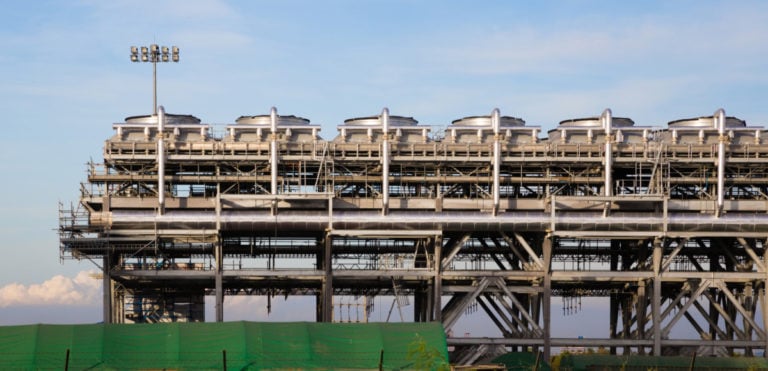
In production, gas liquefaction is carried out using a multi-stage technology. The transition from one stage to another is characterized by a 12-fold compression of the flow, until the aggregate state of the flow changes. The disadvantage of this method is energy losses reaching 25% at the output.
To date, two technologies for obtaining LNG have been developed:
- compression;
- technology based on heat exchange processes.
In the first case, the condensation process proceeds with a constant pressure, which negatively affects the energy intensity as a whole. In the second variant, the flow is cooled, followed by a sharp throttling to the desired temperature parameters, however, after the first stage, the degree of gas liquefaction is only 4%. The way out is to use cascade technologies that increase cooling efficiency up to 100%.
Particular attention in the production of LNG must be paid to high-quality heat exchange and insulation equipment, since it determines the possibility of additional power costs. So, with a temperature drop inside the reactor or heat exchanger by 1°C when 100,000 m3 of gas mixture passes through it, the cost of compression in terms of power increases by 5 kW.
There are seven operating options for gas mixture liquefaction technologies:
- For large-capacity LNG production, 82% choose Air Products manufacturing processes: AP-SMR, AP-C3MR, AP-X.
- in second place is a technology called Optimized Cascade, which is all owned by ConocoPhillips;
- The third place is occupied by small-sized GTL-installations intended for use in closed industrial premises;
- Individual installation units in the production of LNG in the world are widely used in cycles of synthesis of natural gas motor fuels.
To ensure the availability of gas fields (concerning offshore production), special sea vessels were put into operation, as well as floating platforms (developed by Shell) equipped with refrigeration equipment – in fact, liquefaction occurs according to the in siutu mechanism.
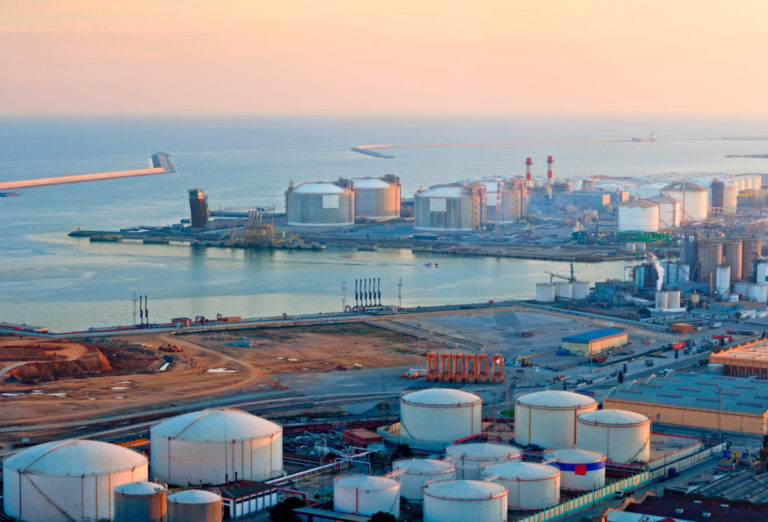
It is not possible to make an unambiguous conclusion about the effectiveness of each, since it depends and is determined only by circumstances.
However, if we take into account a single plant for the production of LNG in Russia, then its equipment is as follows:
- equipment for the preparation of starting materials, in particular, a gas purification system;
- equipment for the main process loop;
- recycled water, condensate, process steam lines;
- hermetic tanks designed for storing liquids, cryocister type (Doire vessel);
- Equipment for loading transportation of LNG without evaporative loss;
- transport tankers and other means of transportation;
- uninterruptible power supply and cold water as refrigerant.
Recently, the greatest attention has been paid to technology that saves up to 50% of energy costs to obtain the target product. It is based on the use of own energy (potential) of liquefied gas and natural cooling of the flow when the pressure in the main pipeline decreases to the level of consumer pressure (approximately from 6 MPa to 1.2 MPa).
History of liquefied natural gas production
For the first time, attempts to obtain compressed natural gas on the scale of one production were carried out at the beginning of the 20th century. In the seventeenth year of the 20th century, American plants managed to obtain liquefied gas, which has a fundamental difference with natural gas. However, at that time there were no technological solutions for the implementation of liquid transportation, which significantly slowed down the development of the industrial complex.
The construction of the first domestic plant for the production of LNG, according to the developed project, was carried out in 2006. The Sakhalin-2 project laid the foundation for it. A special role in the improvement of the complex was played by Gazprom, whose goal was to realize itself as a leader among energy companies existing on the world market, so the construction of an LNG plant in Russia, its well-established production and prospects became an important step in expanding the company’s influence on the world market. Three years later, in 2009, a solemn launch of the LNG plant took place in Russia, which is still functioning in 2018.
Transportation
There are several ways to transport compressed gas:
- by sea on tankers;
- using vehicles designed to transport gas in tanks;
- by rail in cryo-tanks.
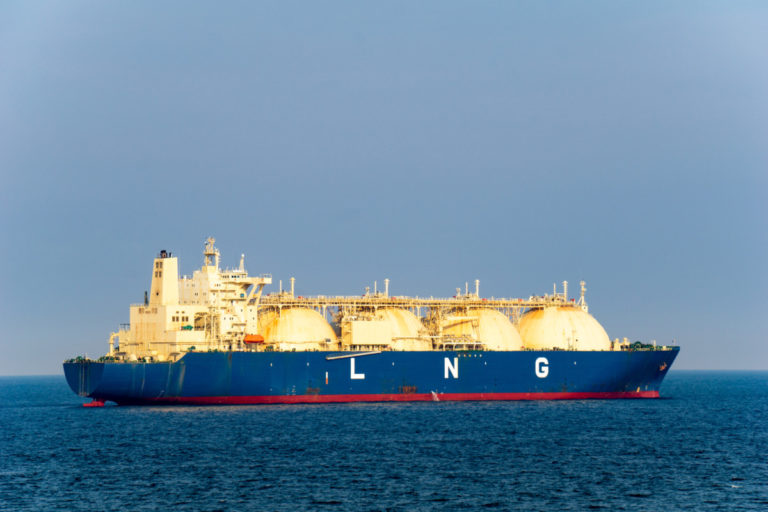
At the point of arrival, the product is regasified – the liquid returns to the gaseous state, and is supplied to consumers through the gas pipeline system.
Japan, South Korea, Belgium, Spain and France are considered to be the main consumers of Russian gas.
World production
Producing countries (2009): Qatar, Malaysia, Indonesia, Australia, Algeria, Trinidad and Tobago, of which Qatar is the leader (production 49.5 bcm).
Exporting countries (2009): Japan, Republic of Korea, Spain, France, USA, India, of which Japan is the leader. However, by the beginning of 2020, US companies plan to launch new production facilities with a total capacity of more than 57.8 million tons per year.
In the Russian Federation, according to data for 2018, there are 2 plants. The first of these is owned by Gazprom, Shell, Mitsui and Mitsubishi, with a total capacity of 10.8 million tons/year of LNG. The second plant for the production of liquefied natural gas is located in the Yamal-Nenets Autonomous Okrug, owned by Novatek. The company plans to build an additional plant as part of the Arctic LNG project at the Nyakhartinskoye natural gas field.
Interesting facts about liquefied natural gas
- At the end of the 20th century (1971) The largest accident occurred in Turkmenistan while drilling a gas exploration well. A group of geologists in the process of working came across a cavity in the ground, as a result of which the installation with all the equipment literally went down several hundred meters. For safety reasons, it was decided to set fire to the gas with the hope of a speedy burnout. However, the reserves were so large that the gas is still burning today. Travelers have nicknamed the place “The Door to Hell”.
- The total length of gas pipelines in Russia exceeds the distance from the Earth’s satellite to us by 2 times. If we translate the value into the size of the equator, then the length of gas pipelines exceeds the latter by 20 times.
- The largest LNG tanker is 3.5 times the length of a football field (345 m).
